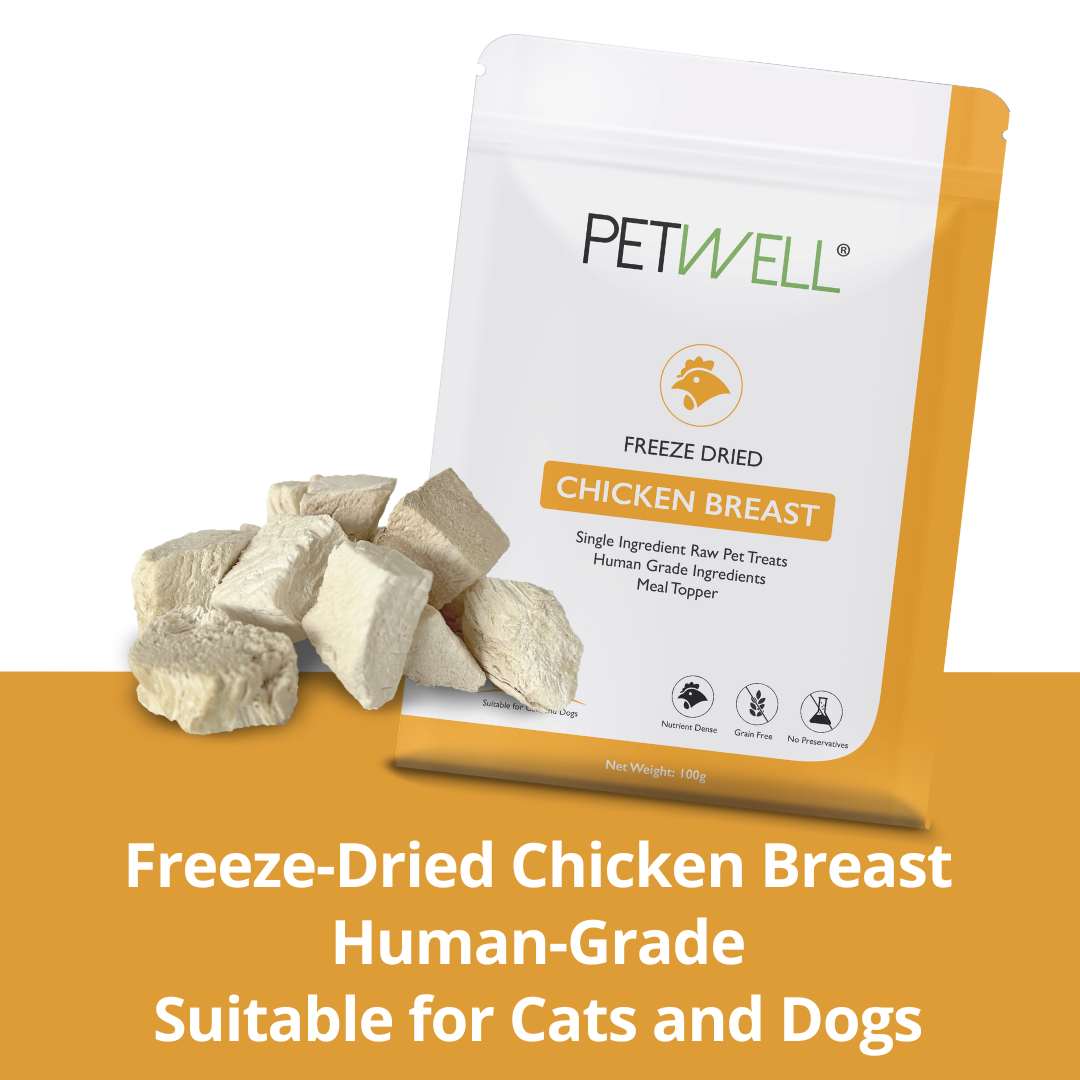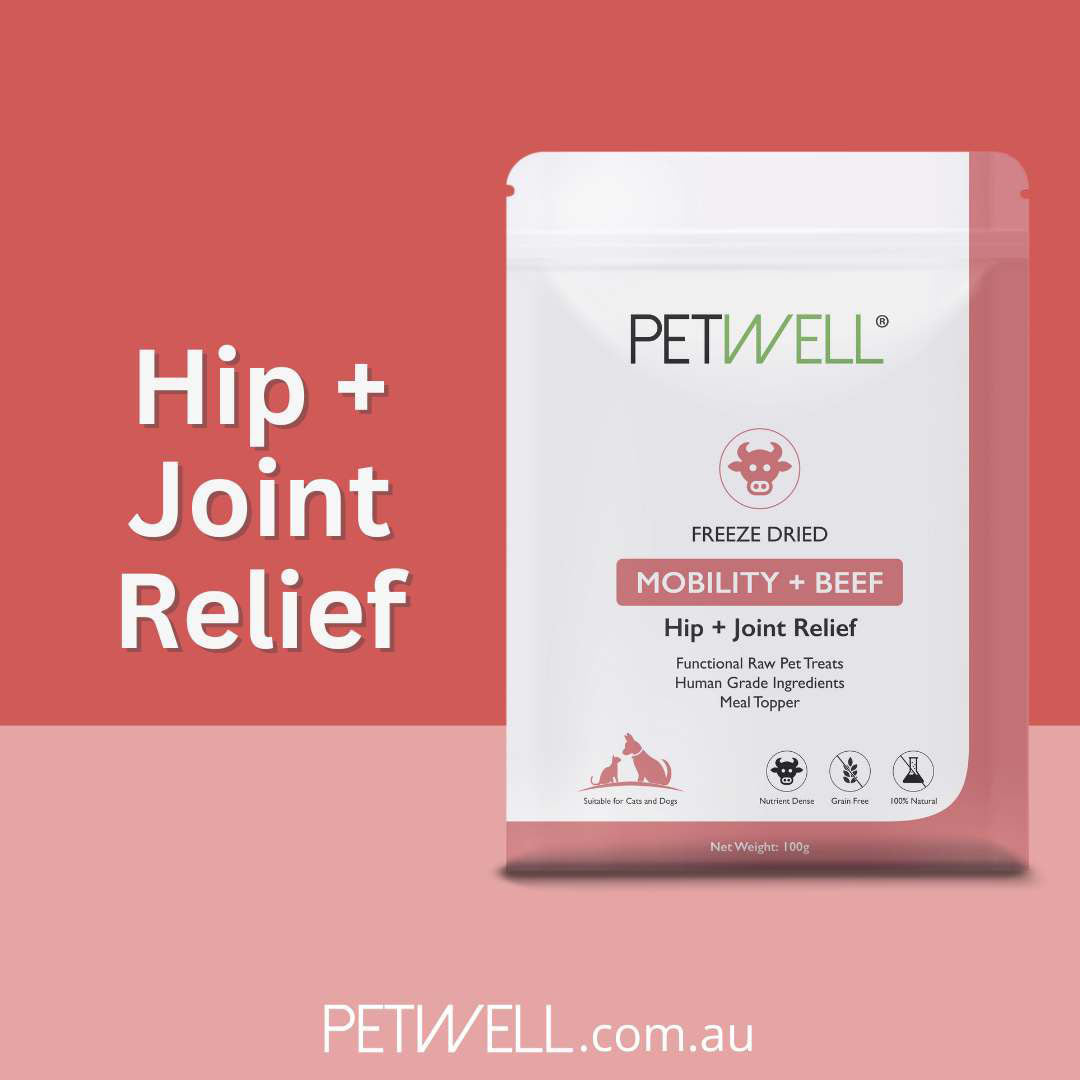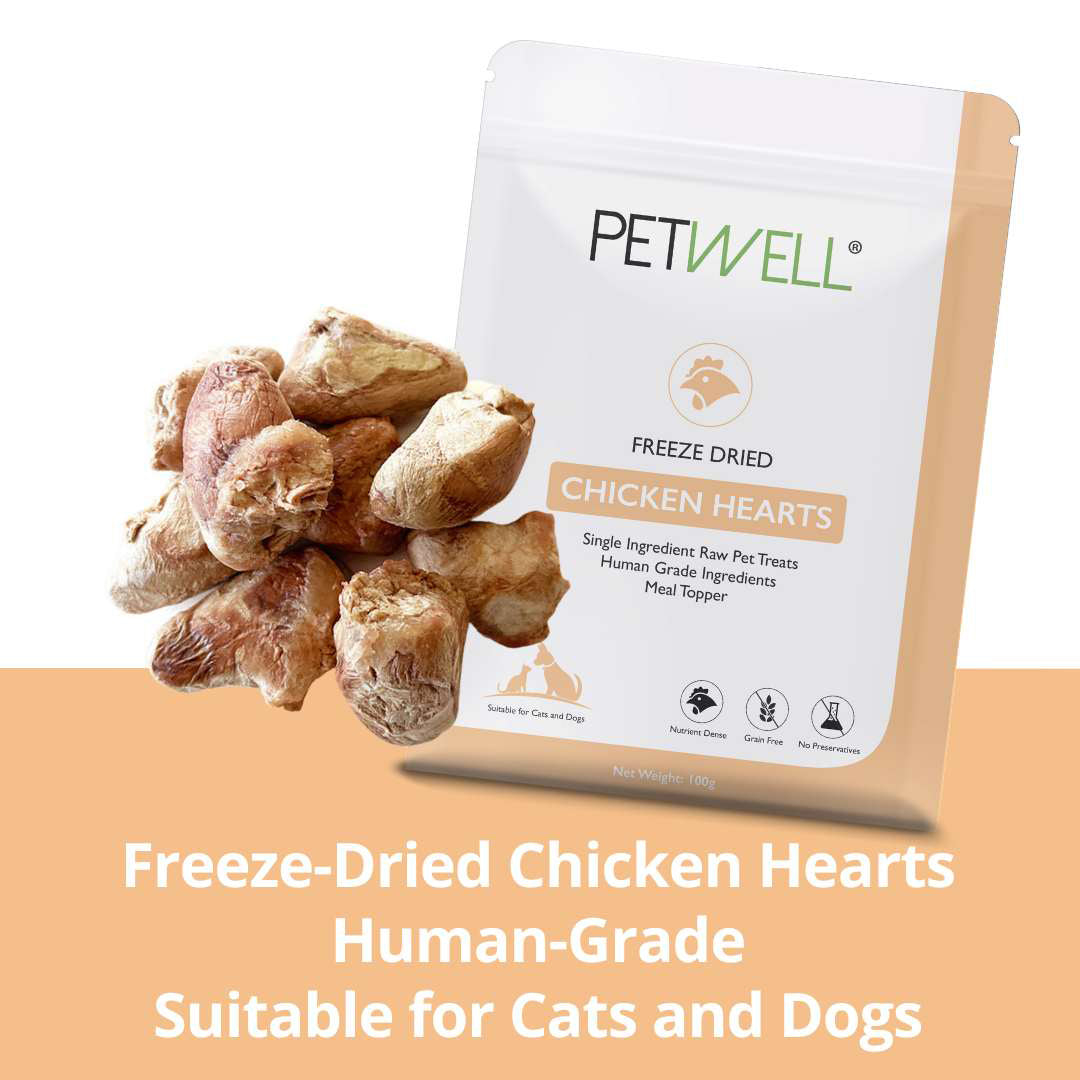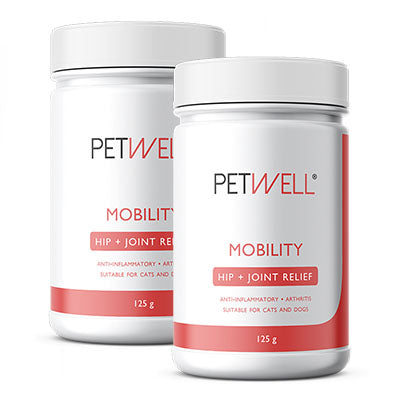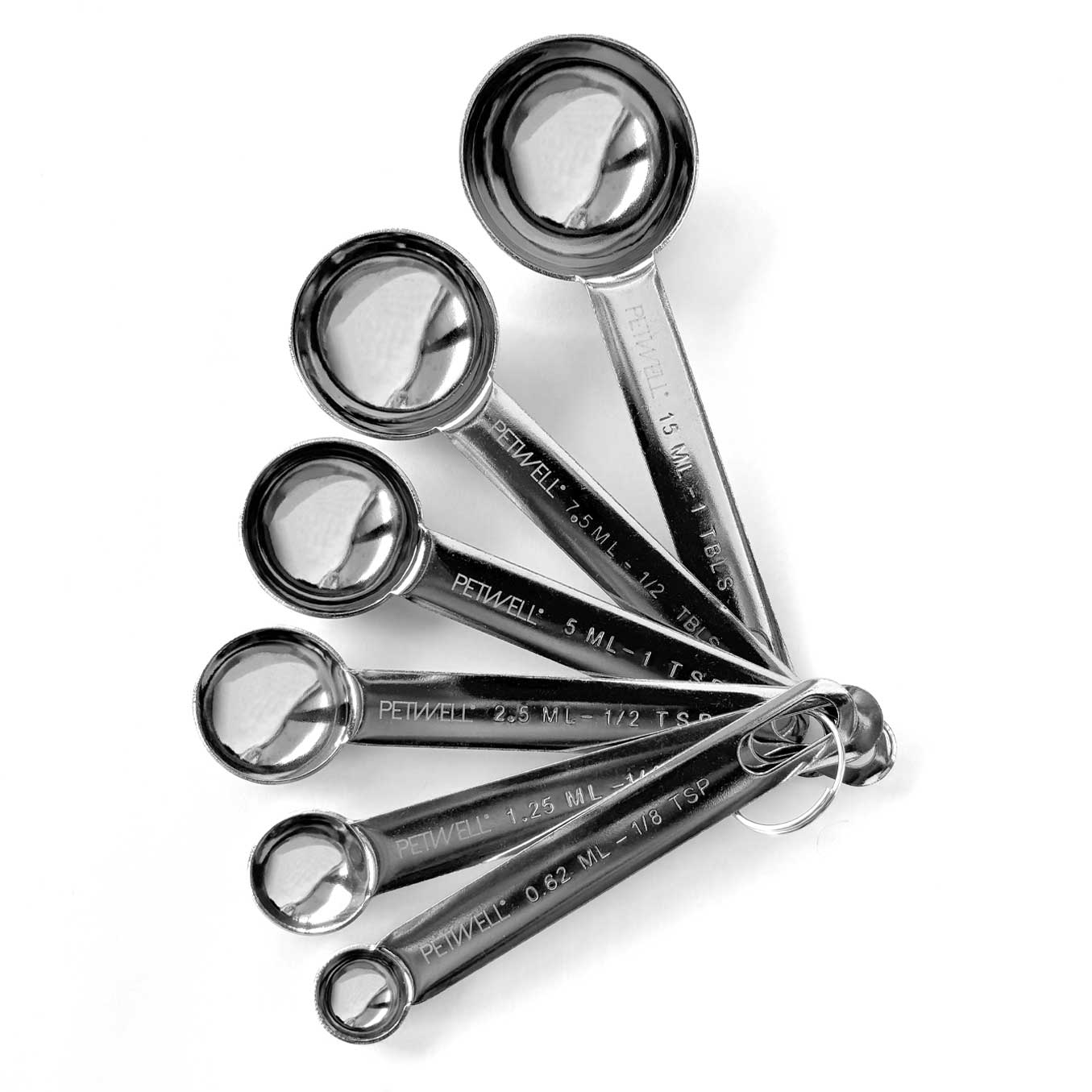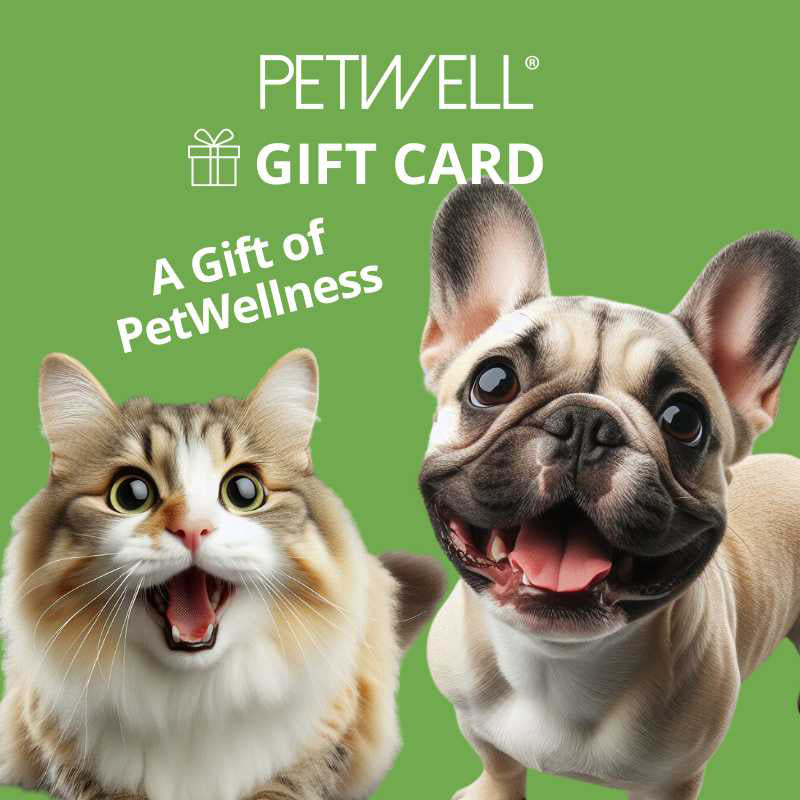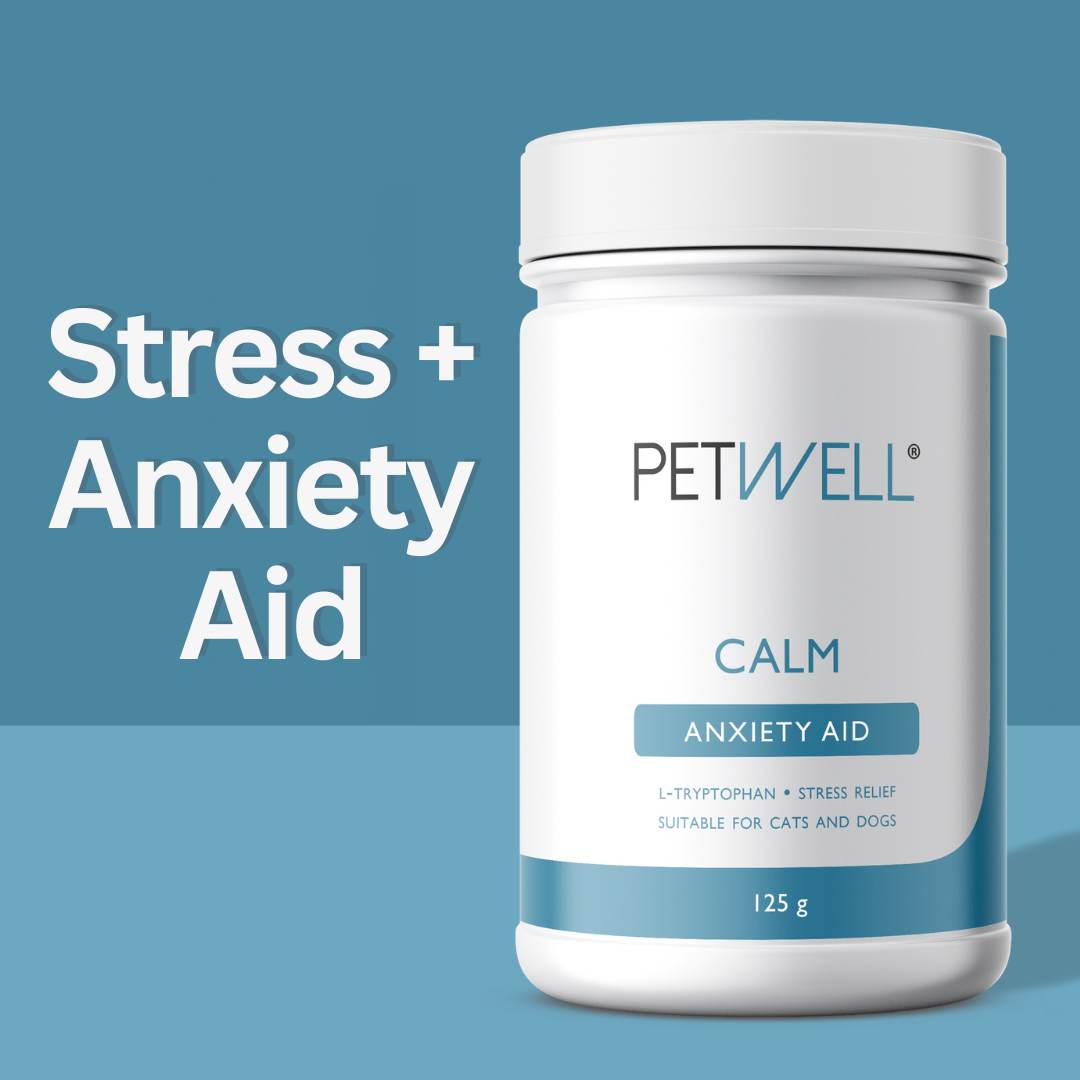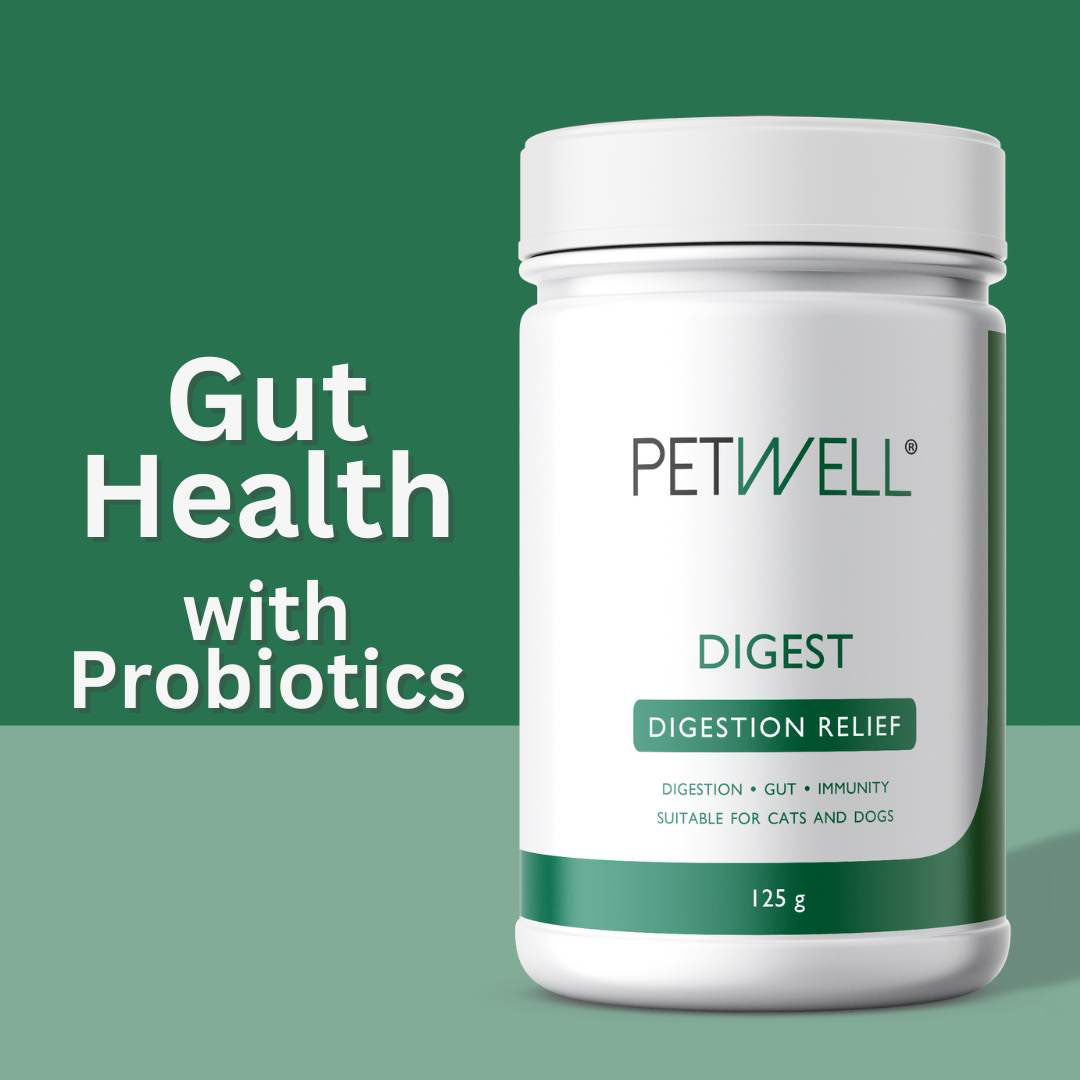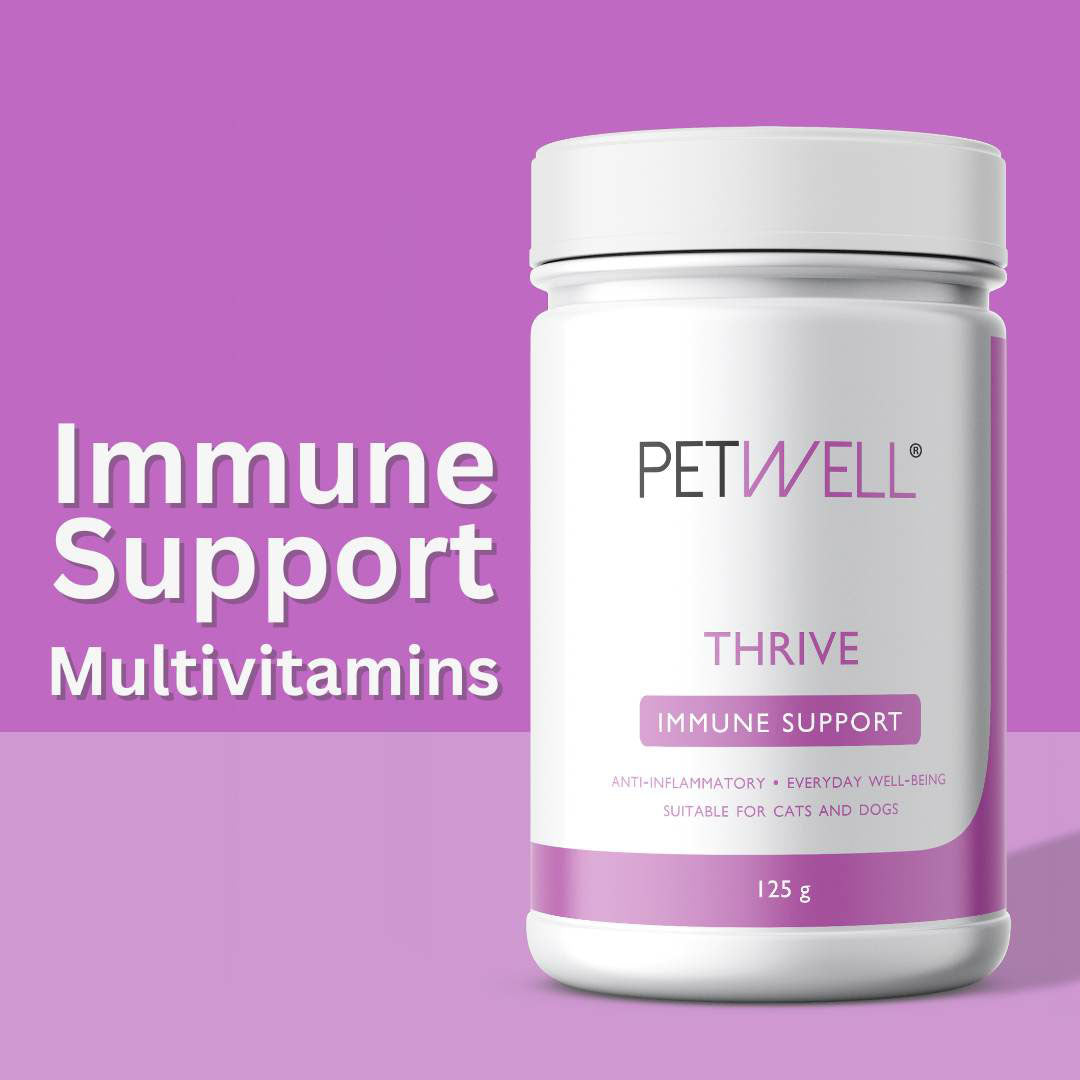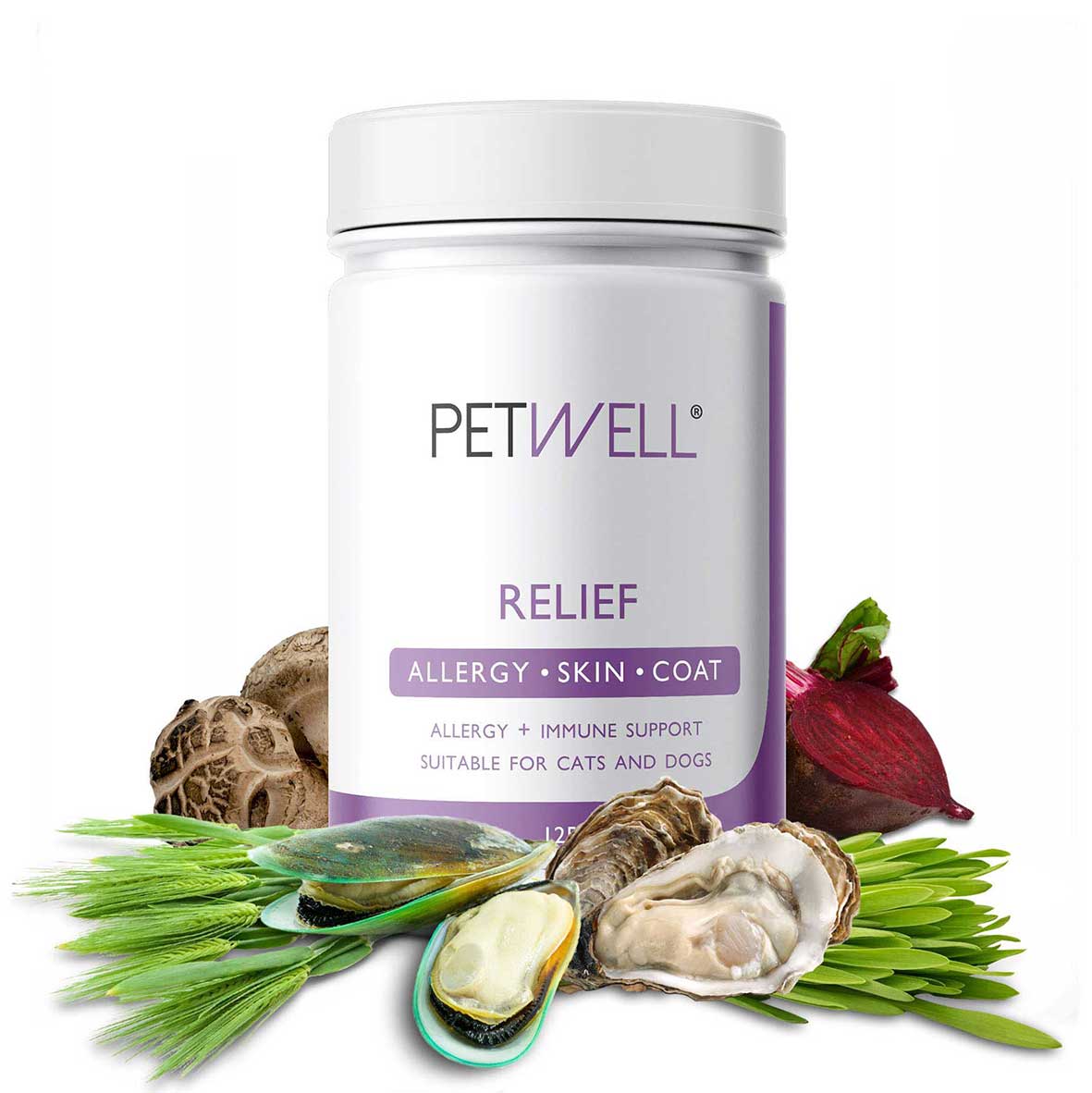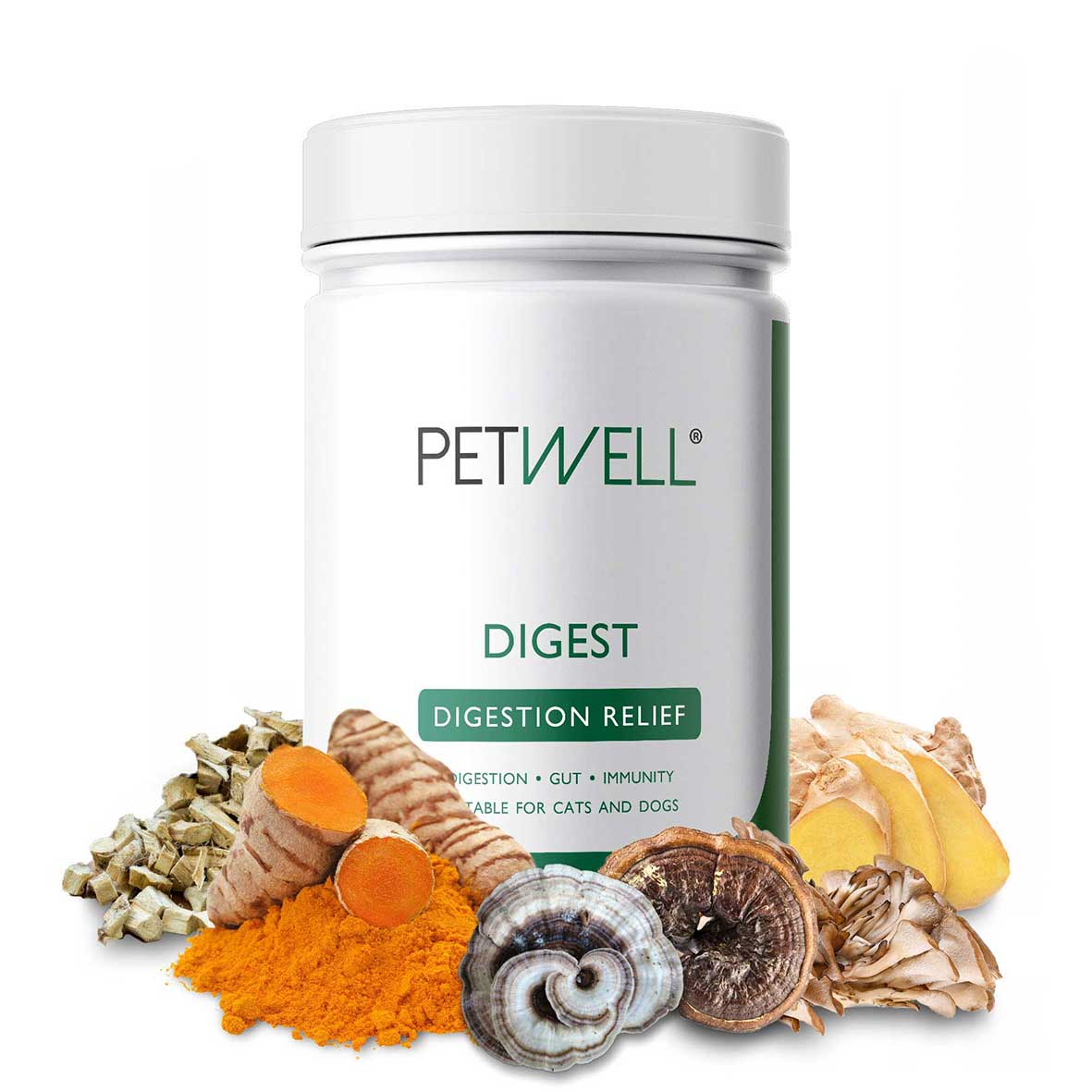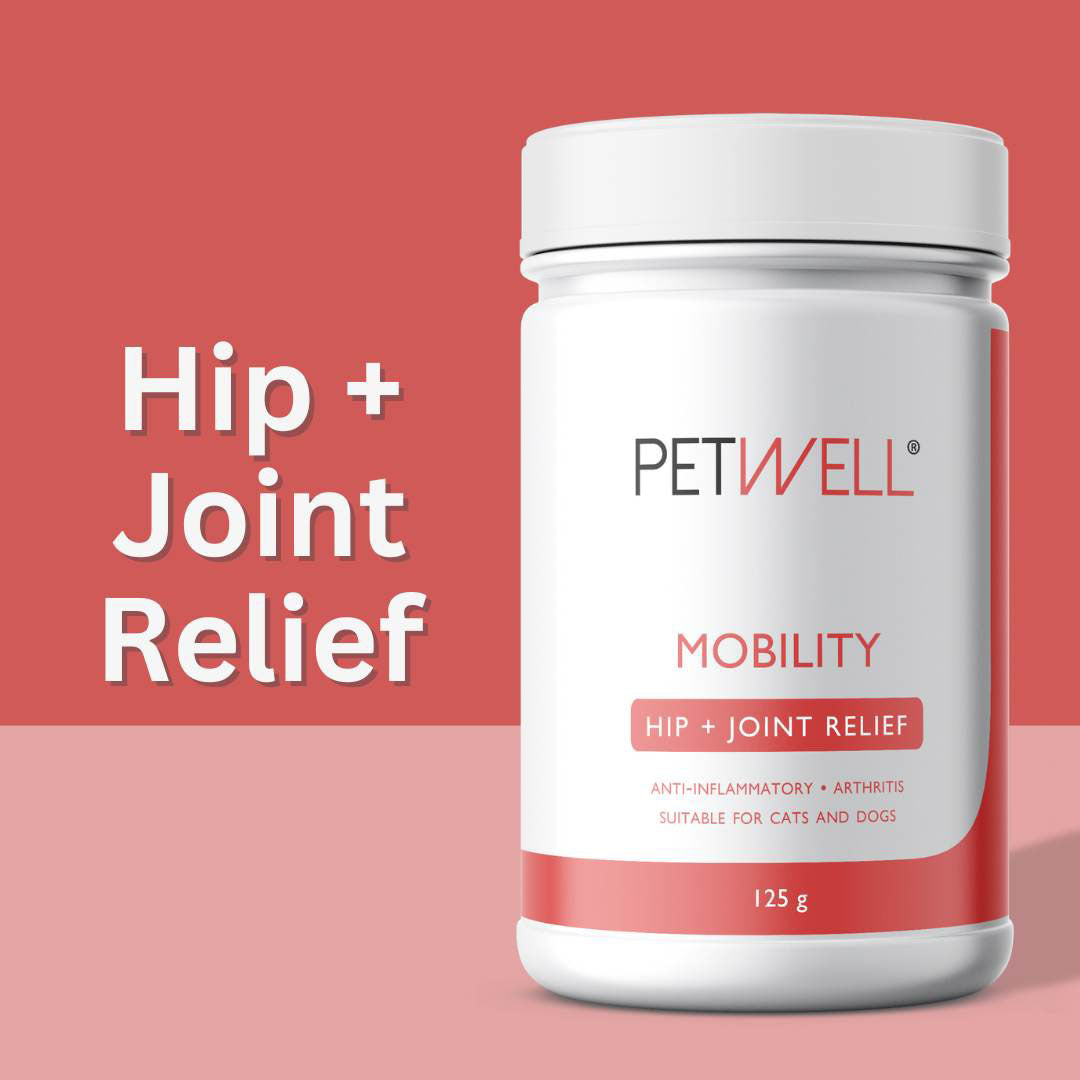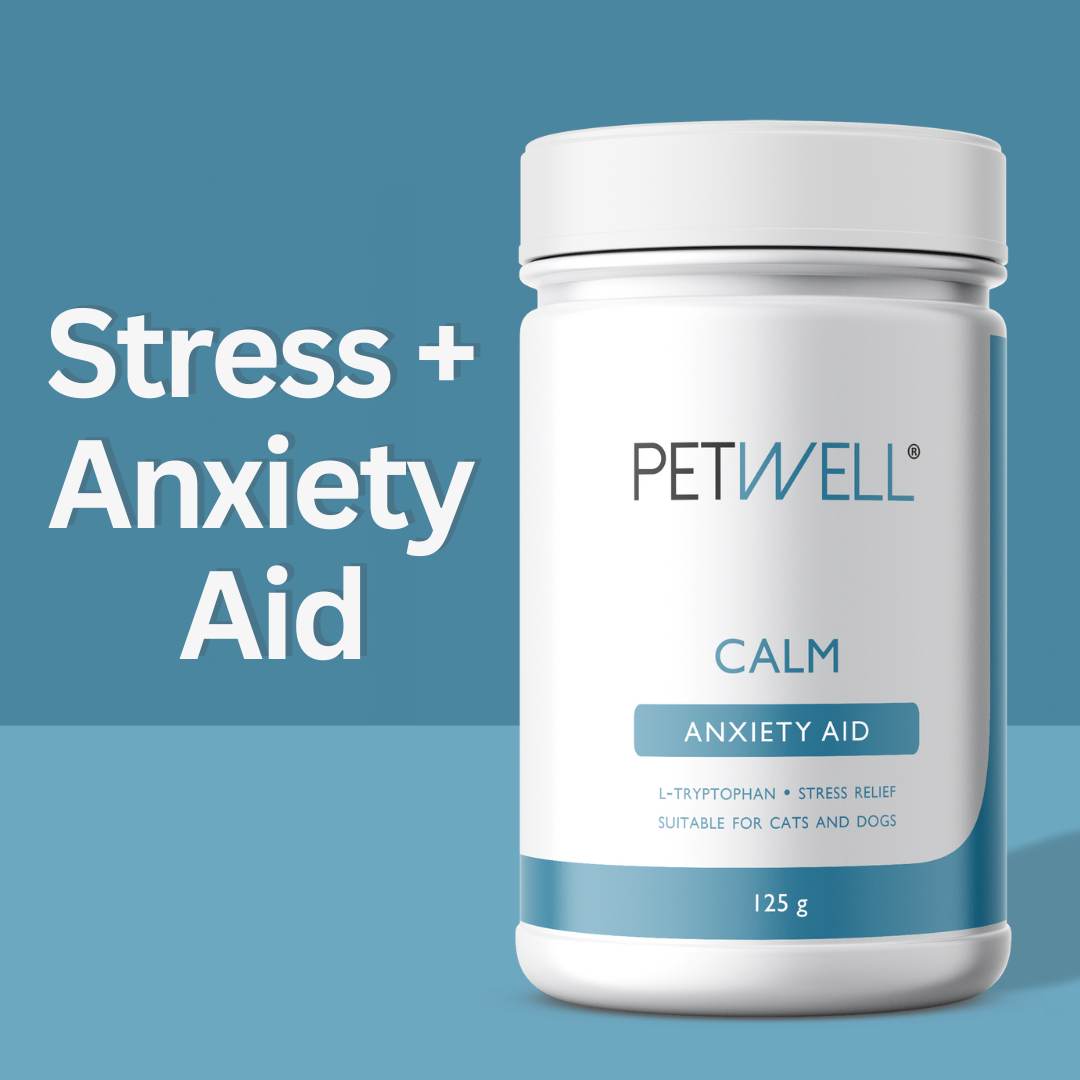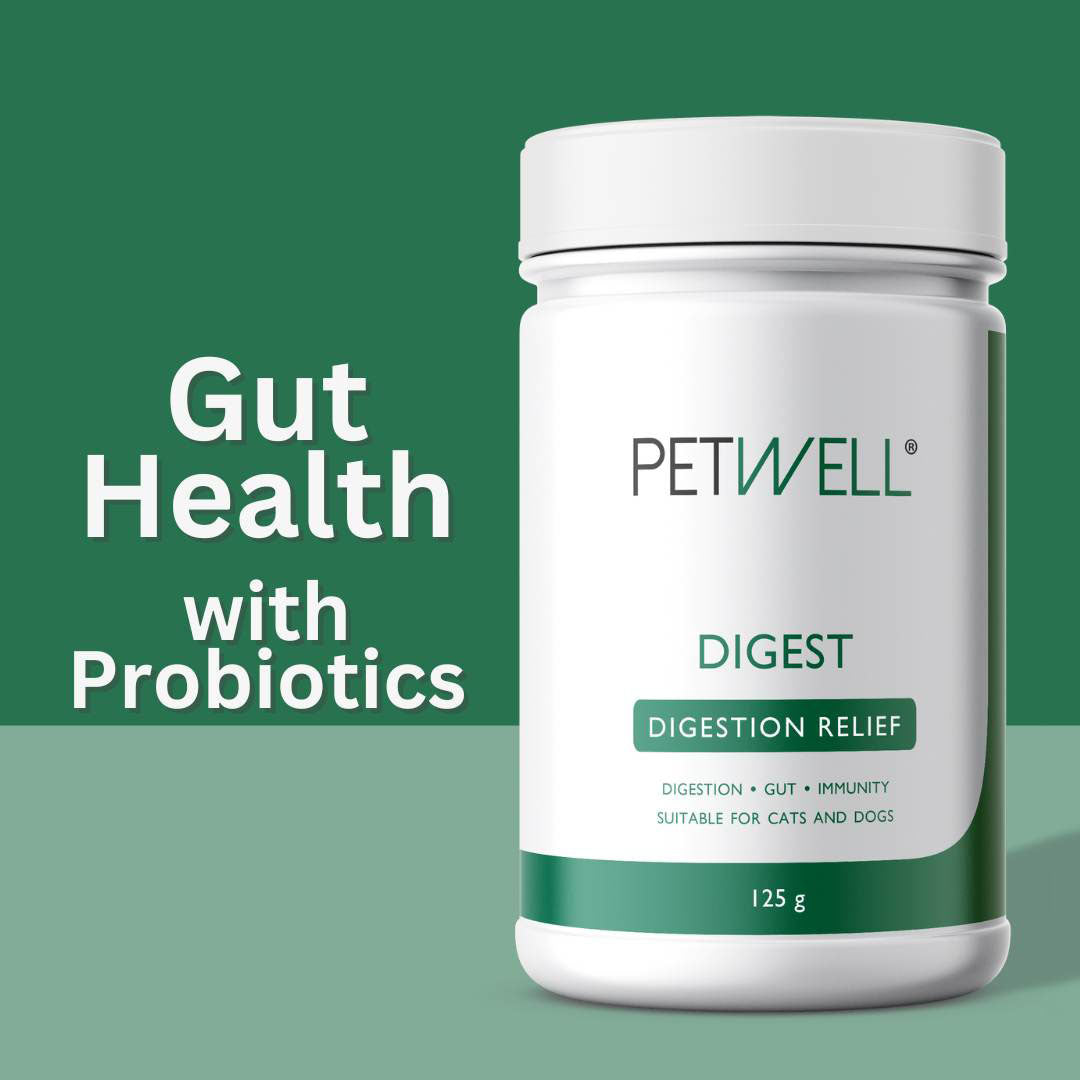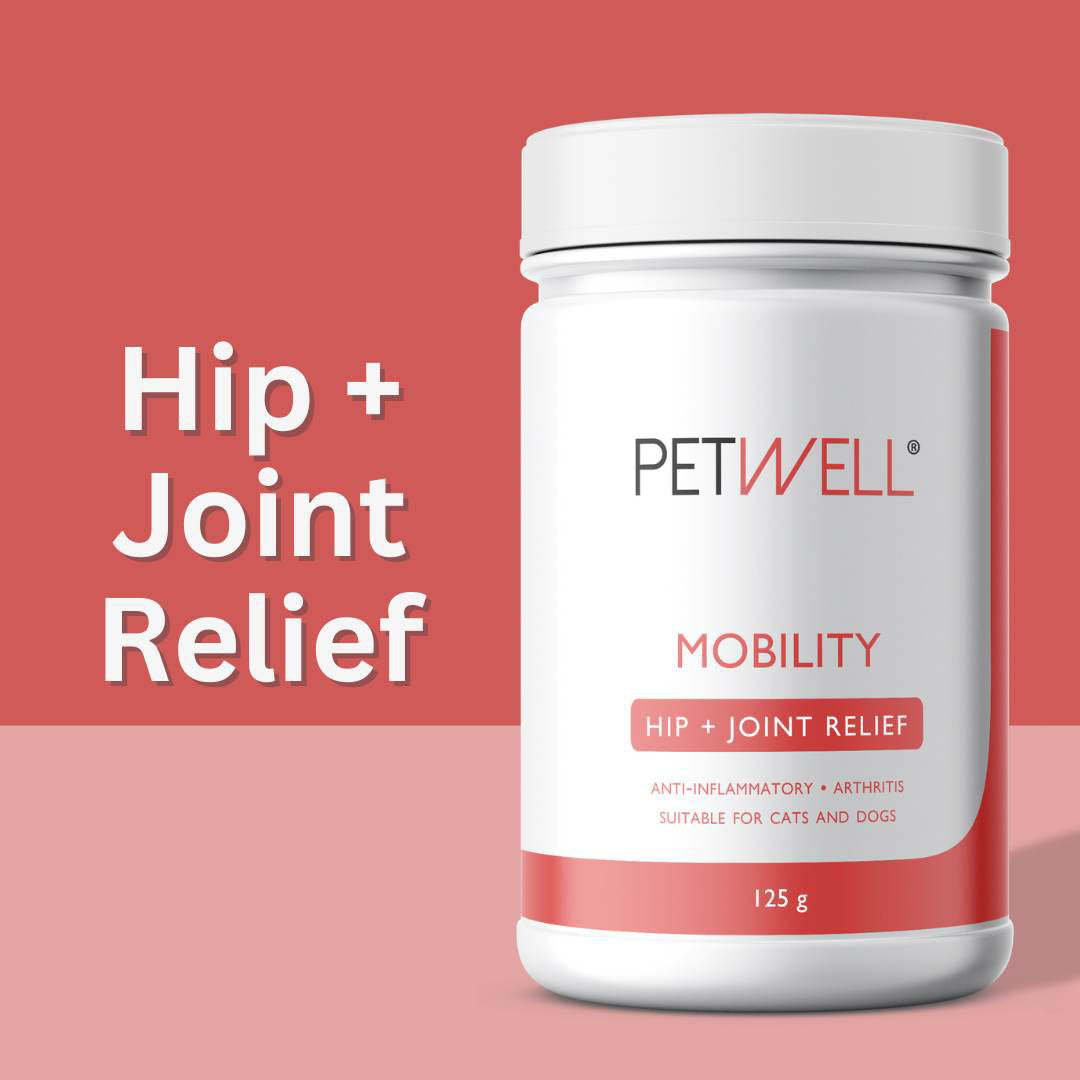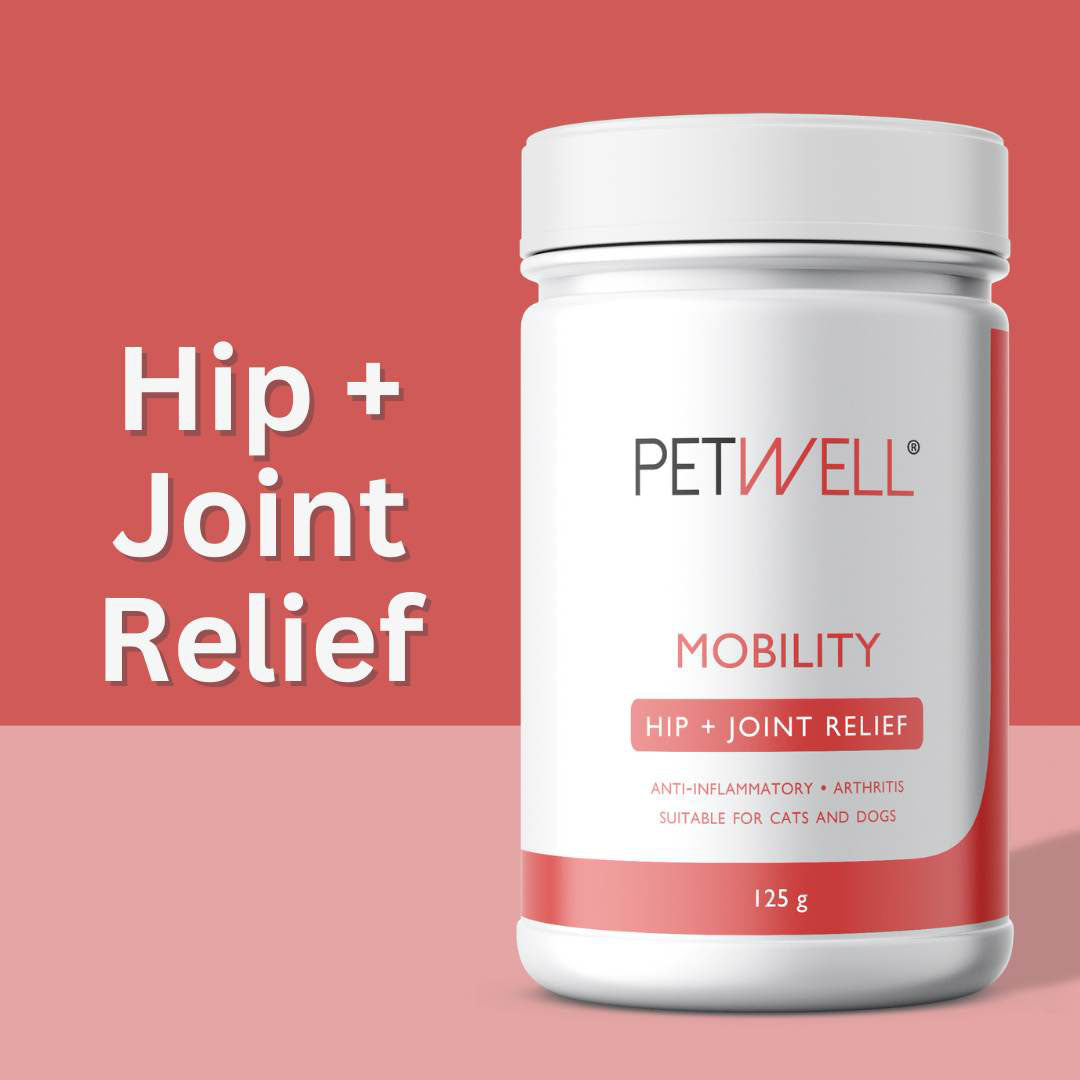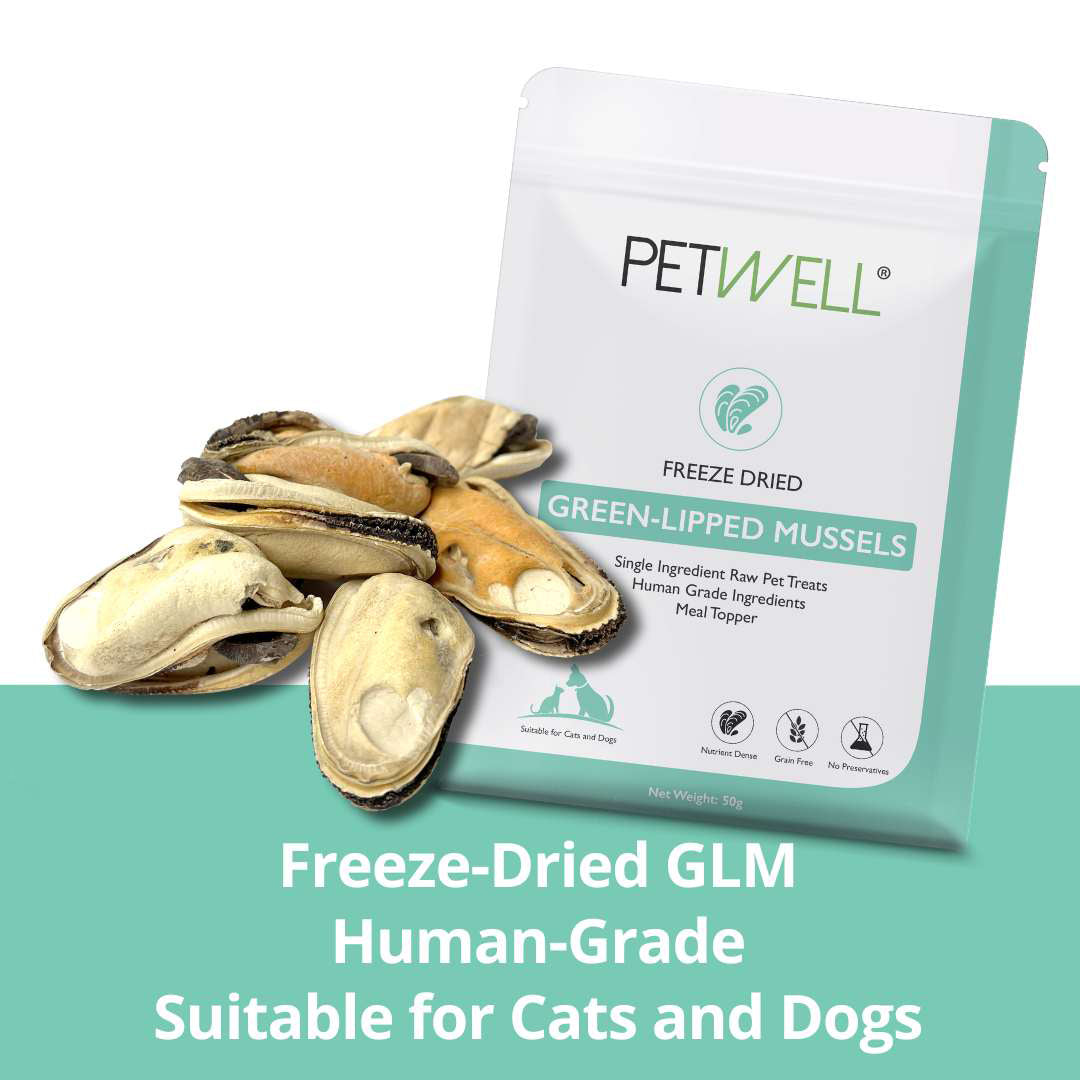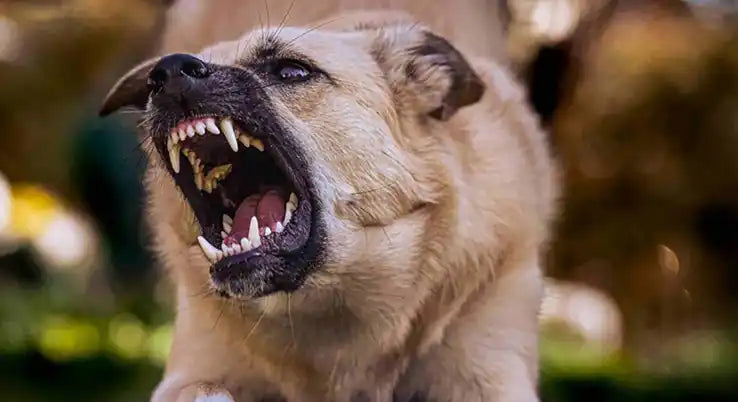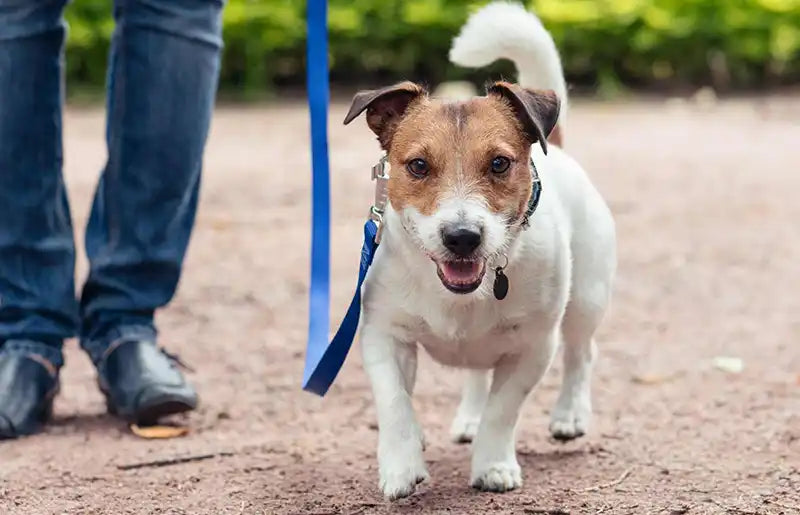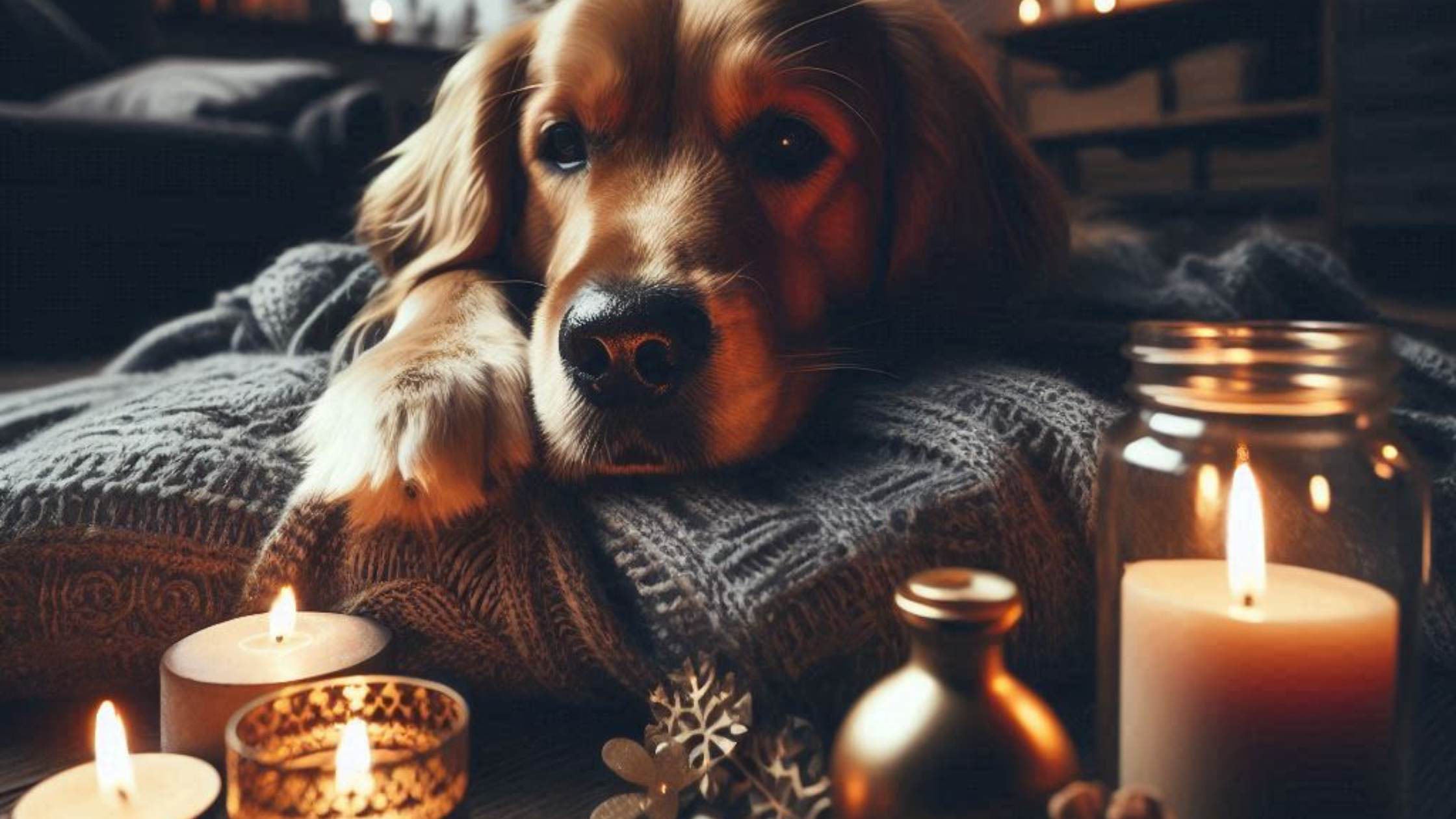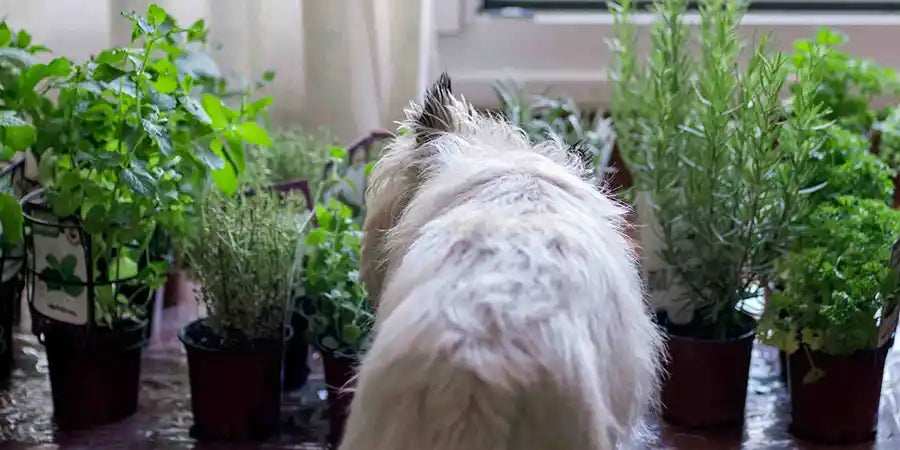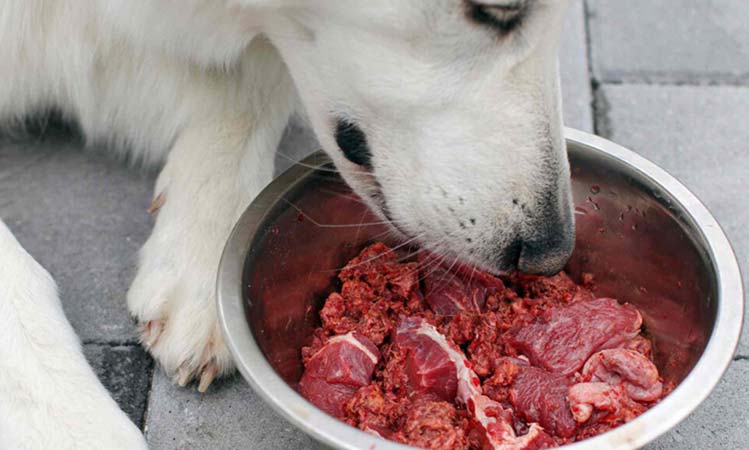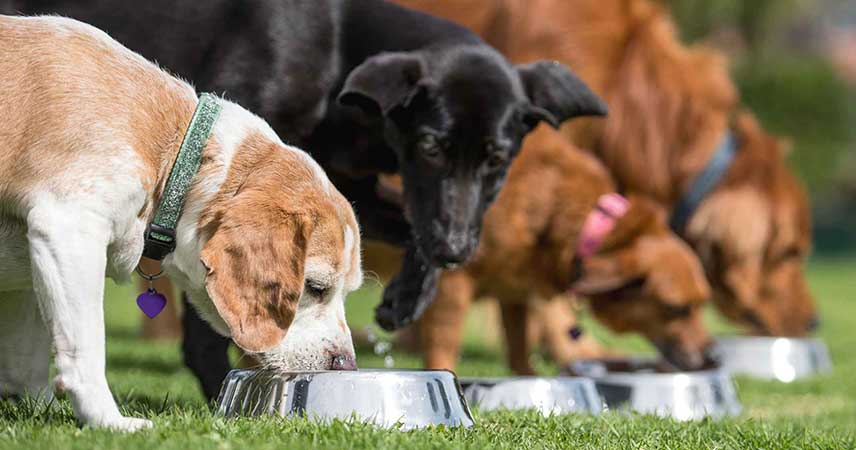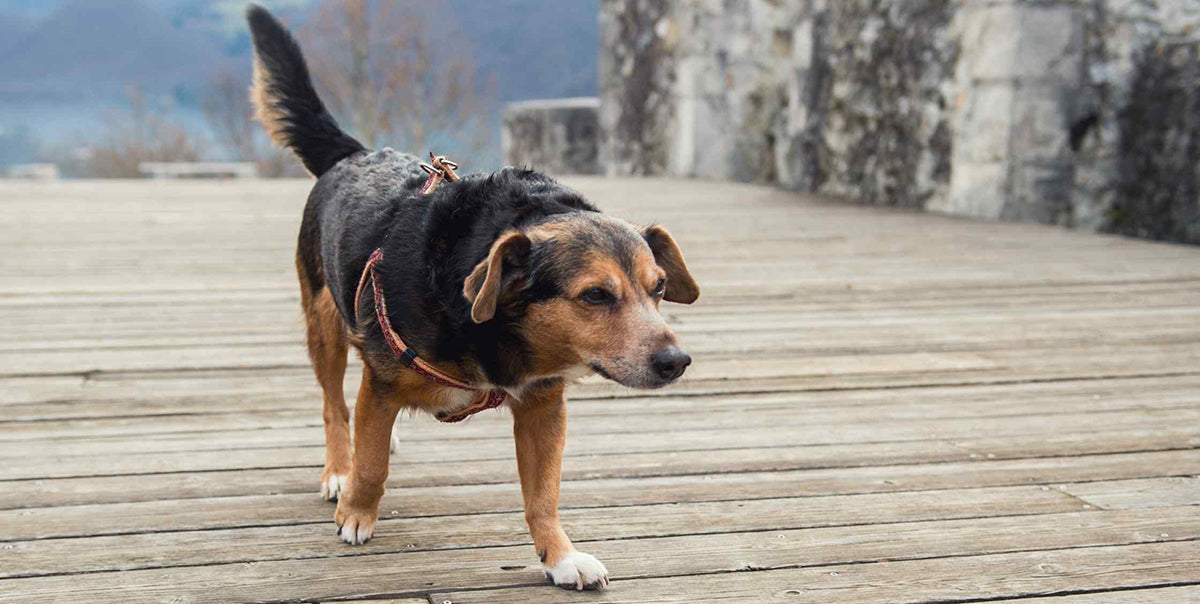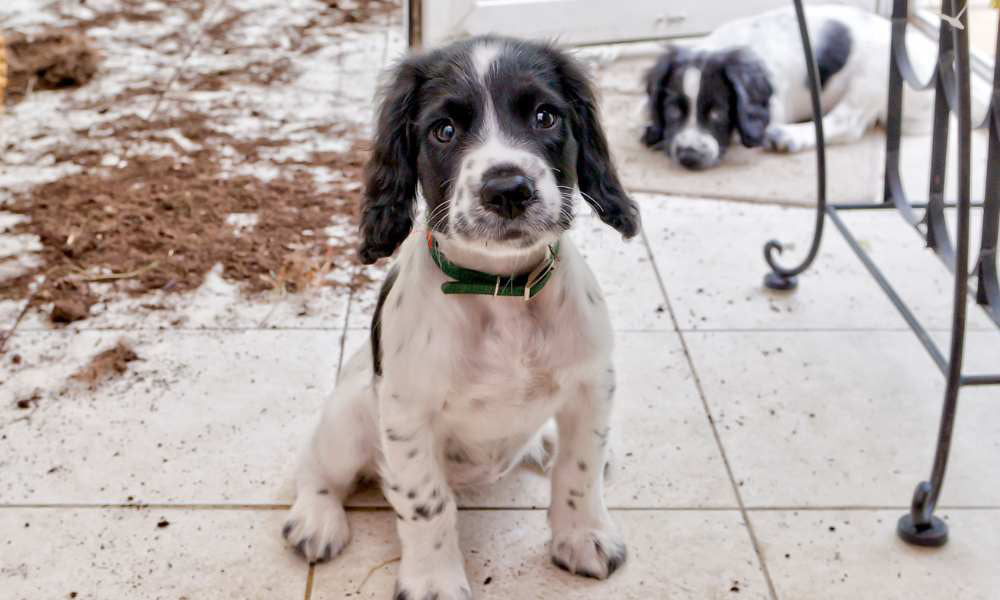When your dog growls or guards their food bowl, toy or hooman, it’s easy to think they’re being “naughty”, but that’s not really the case.
Aggression and resource guarding usually come from fear, anxiety, pain, or past experiences. Once you understand the why, you can help them feel safe, confident, and calm again, without harsh training or punishment.
What Causes Dog Aggression?
Dogs don’t suddenly “turn aggressive” for no reason. There’s always something behind it, fear, pain, anxiety, or confusion.
Common triggers include:
- Fear or anxiety: Loud noises, unfamiliar people and places, or stressful environments.
- Pain or illness: Arthritis, gut issues, or even dental pain can make a dog defensive.
- Frustration or poor socialisation: Dogs that haven’t learned how to cope in different situations may overreact.
- Territorial instincts: Protecting their food, toys, home, or favourite human.
A dog can be pushy and vocal without being aggressive
If your dog’s behaviour changes suddenly, start with a vet check to rule out any pain. Then, with kindness and structure, you can help them rebuild confidence.
Recognising the Signs of Aggression
Dogs communicate long before they act. They’ll usually tell you how they feel, you just need to know what to look for.
Early signs: freezing, stiff body posture, avoiding eye contact.
Escalated signs: growling, showing teeth, snapping, or lunging.
👉 Tip: A growl isn’t “bad”, it’s a warning that your dog feels uncomfortable. Don’t punish it; listen to it. That’s how you stop things before they escalate.
What Is Resource Guarding?
Resource guarding happens when a dog feels the need to protect something they value, like food, toys, a bed, or even you. It’s not defiance or dominance. It’s instinct.
You might notice:
- Freezing or stiffening when approached
- Growling while eating or chewing
- Running off with a toy or treat
Aggression in dogs is serious and should only be dealt with in conjunction with a trained vet and canine behavioural expert
In the wild, dogs needed to protect their resources to survive. Even though our modern pups get dinner served in a bowl, those old instincts can still kick in, especially if they’ve ever felt uncertain or had food taken away in the past.
How to Respond to Resource Guarding
The key? Stay calm. Reacting with frustration only tells your dog they were right to worry.
Here’s how to handle it:
- Give space. Step back and let your dog feel secure.
- Trade up. Offer a higher-value treat so giving up the item feels like a win.
- Teach “drop it” and “leave it.” Build trust through consistency.
- Reward calm behaviour. Praise when they relax or make a good choice.
- Never punish. Taking things by force can make guarding worse.
If things start to ramp up, or you’re unsure, get help from a qualified, force-free behaviourist. A calm expert can work wonders.
Fear and Anxiety: The Real Root of Many Aggressive Behaviours
Most aggression comes from fear. When a dog feels cornered, trapped on-lead, or overwhelmed, they react defensively, it’s their way of saying “back off, I’m scared.”
That’s why supporting their emotional health matters just as much as training.
🌿 Natural Anxiety Support:
PetWell’s CALM Stress and anxiety support supplement and CALM + TURKEY Functional Treats use chamomile, green tea, lemon balm, goat’s milk and other relaxing ingredients, some which are natural sources of L-Tryptophan that support serotonin levels and help pets feel more at ease.
Think of it as helping your dog “exhale” a little.
Pain-Related or Medical Aggression
If your usually chilled-out dog starts acting cranky or defensive, pain might be the culprit. A sore hip, stiff joints, or even tummy troubles can cause grumpy reactions.
Support From the Inside Out:
PetWell MOBILITY Hip + Joint supplement supports movement and reduces inflammation naturally, while DIGEST Gut Health helps soothe sensitive stomachs and restore balance, because a healthy gut and comfortable body make for a happier temperament.
Read more about Signs of Joint Pain in Dogs
Territorial and Protective Aggression
Some dogs act tough when strangers approach the house, car, or even you. They’re not trying to be bossy, they’re just doing their version of “security duty.”
Training calm greetings and rewarding neutral behaviour helps tone this down over time.
👉 Tip: Ask guests to ignore your dog until they’re relaxed. It shows your pup there’s no threat and helps them feel in control.
Helping Dogs Overcome Aggression or Guarding Naturally
Helping your dog doesn’t mean you have to be a “dog whisperer.” Just a calm, kind, and consistent leader.
Try this approach:
- Keep your cool. Dogs feed off your energy. Stay relaxed.
- Reward the good stuff. Reinforce calm, not chaos.
- Build trust slowly. Feed from your hand, play gently, and avoid pressure.
- Enrich their mind. Sniff walks, puzzle toys, and training games relieve frustration.
- Support gut health. A healthy microbiome helps regulate moods, PetWell DIGEST is a great natural aid.
- Bring in the pros. Behaviourists and animal naturopaths can tailor gentle training plans that fit your dog’s needs.
When It’s Another Dog Guarding
If you spot another dog guarding food or toys at the park, don’t panic, and definitely don’t intervene.
Instead:
- Keep your distance.
- Avoid direct eye contact.
- Move slowly and calmly.
- Chat with the owner before approaching.
Respecting their space keeps everyone safe and helps prevent stress for both dogs
Can You Train Guarding or Aggression Out of a Dog?
Yes, but it takes time, trust, and empathy. The goal isn’t to dominate your dog; it’s to help them feel safe enough not to need those behaviours.
Techniques like desensitisation and counter-conditioning (gradually changing emotional responses) work beautifully when done consistently and with patience.
FAQs About Dog Aggression & Resource Guarding
Q: Why does my dog suddenly growl at me?
They might be guarding food, toys, or space, or feeling unwell. Start with a vet check, then gently rebuild trust through calm training.
Q: Is resource guarding normal?
Totally. It’s instinctual, but manageable once you know the triggers and respond with calm consistency.
Q: Should I punish my dog for growling?
No way. Growling is your dog’s early warning system. Punishing it just removes the warning, not the fear.
Q: Can supplements really help calm aggression?
Yes. Natural calming blends like PetWell CALM support relaxation, while DIGEST helps balance the gut-brain link for emotional stability. View PetWell all-natural supplement range HERE
Q: When should I call a professional?
If your dog bites, lunges, or guards intensely, get in touch with a qualified behaviourist or vet right away.
In Summary
Dog aggression and resource guarding aren’t signs of a “bad dog”, they’re signs of a worried one. With understanding, gentle training, and natural support, most dogs can learn to relax and trust again.
At the end of the day, calm confidence (and maybe a CALM + TURKEY treat or two) goes a long way.
Next Read: Dog Behaviour Problems & Natural Fixes
Disclaimer: The entire contents of PetWell emails and website are not to be taken as medical advice. The team at Pet Squad Pty Ltd trading as PetWell encourages you to make your own pet health care decisions based on your research and in partnership with a qualified pet healthcare professional.
This article was prepared by the team at PetWell. Australia’s trusted provider of natural, human-grade pet supplements and freeze-dried treats for dogs and cats. Drawing on holistic animal behaviour insights and years of working with canine clients, PetWell champions kind, calm and scientifically informed solutions for every pet parent.
Posted By Ayda Hornak - Trained in Canine Psychology and Natural Animal Nutrition Care

